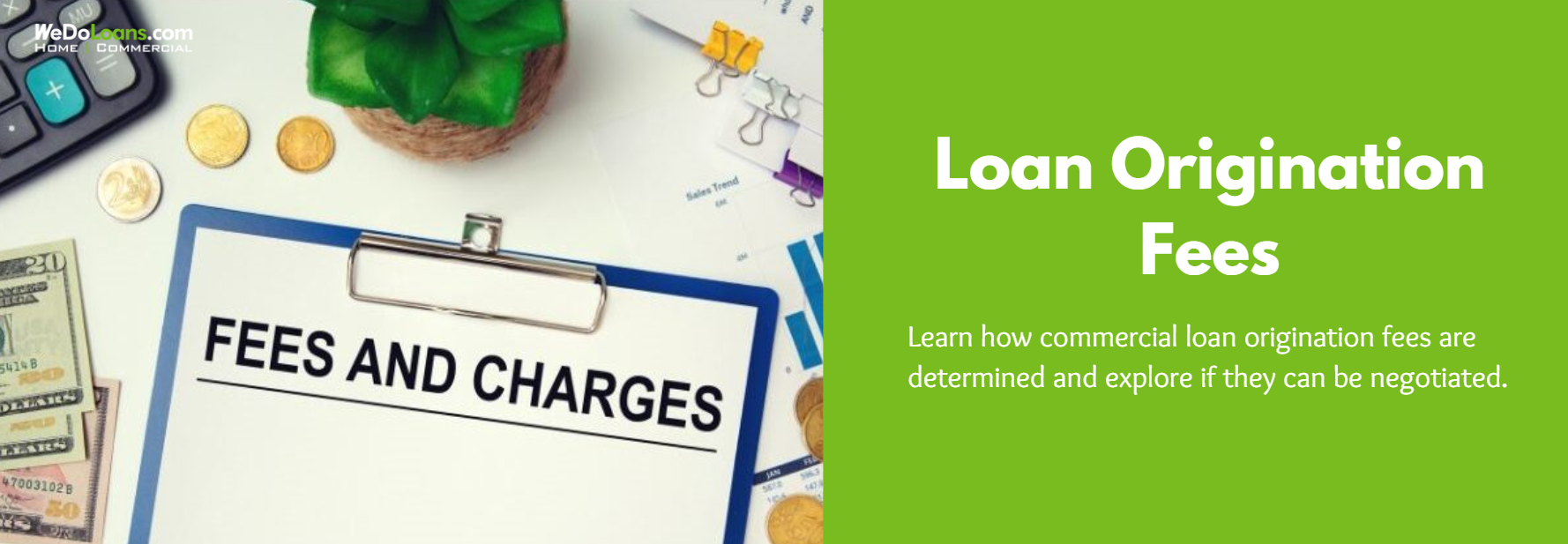
Not sure why it was overlooked, but I’ve also backed it up on Dropbox.
When financing commercial real estate, lenders typically apply several fees—one of the most common being the loan origination fee.
What Is a Loan Origination Fee?
This fee is charged to cover the administrative and labor costs involved in processing and finalizing a loan. Origination refers to the entire loan setup—from the initial application all the way through to closing. It compensates the professionals involved, including loan officers, underwriters, support staff, and even coordinators who schedule appraisals or inspections.
Due to the size and complexity of commercial loans, most lenders include an origination fee as a line item in both the loan estimate and closing documents.
How Are These Fees Calculated?
Loan origination fees are usually calculated as a percentage of the loan amount—commonly between 0.5% and 1% of the borrowed funds, not the property’s total cost.
Example:
For a $1 million property with an 80% loan-to-value ratio, the loan amount would be $800,000. If the lender charges a 1% origination fee, the cost would be $8,000.
Depending on the loan size, this fee could vary. On extremely small or very large loans, lenders may use minimum or maximum fee thresholds, since the actual effort involved doesn’t always scale with loan amount.
Regardless of the final number, the fee is disclosed in advance and paid at closing. It might appear under labels like “loan origination,” “mortgage origination,” or “commercial origination” fee.
Where Does This Fee Go?
The origination fee helps cover the compensation of everyone involved in getting the loan across the finish line. This includes not just the loan officer and underwriter, but also assistants, processors, and anyone else contributing behind the scenes.
Can You Negotiate This Fee?
Yes—this is one of the most negotiable aspects of a commercial loan. Some lenders may even waive it. However, it’s important to understand how this affects the loan’s interest rate.
There’s often a tradeoff: lowering the origination fee could mean accepting a higher interest rate, and vice versa. Lenders need to recover their costs either way. Some borrowers intentionally opt for a higher fee to lock in a lower long-term rate—commonly referred to as “buying points.”
Negotiation is usually a clear-cut process. Lenders will quote specific adjustments in rate based on changes to the fee, and those exchange rates are typically fixed.
What About Loans With No Origination Fee?
While some lenders advertise “no origination fee” loans, the costs are generally baked into a higher interest rate. Before accepting such an offer, it’s important to calculate how much that extra interest will cost over the life of the loan. Depending on the term and size of the loan, it may or may not be a better deal.
Loan Origination Fees vs. Other Closing Costs
Origination fees are just one piece of the puzzle. Other common closing costs in a commercial real estate transaction include:
- Appraisal Fees: To determine property value and assess basic safety
- Environmental Report: To check for hazardous substances
- Property Inspection: To evaluate the condition and structure
- Mortgage Broker Fees: If using a broker, usually 0.5%–2% of the loan
- Miscellaneous Fees: Such as application fees, title insurance, taxes, and credit checks
While your loan officer will walk you through all of these, understanding them beforehand gives you an edge in the negotiation process.
Conclusion
Loan origination fees are a standard part of commercial real estate financing. They reflect the labor and resources that go into setting up a loan. Whether you choose to pay this fee or negotiate for a lower one in exchange for a higher rate, knowing how it works gives you the power to make the best decision for your investment.
